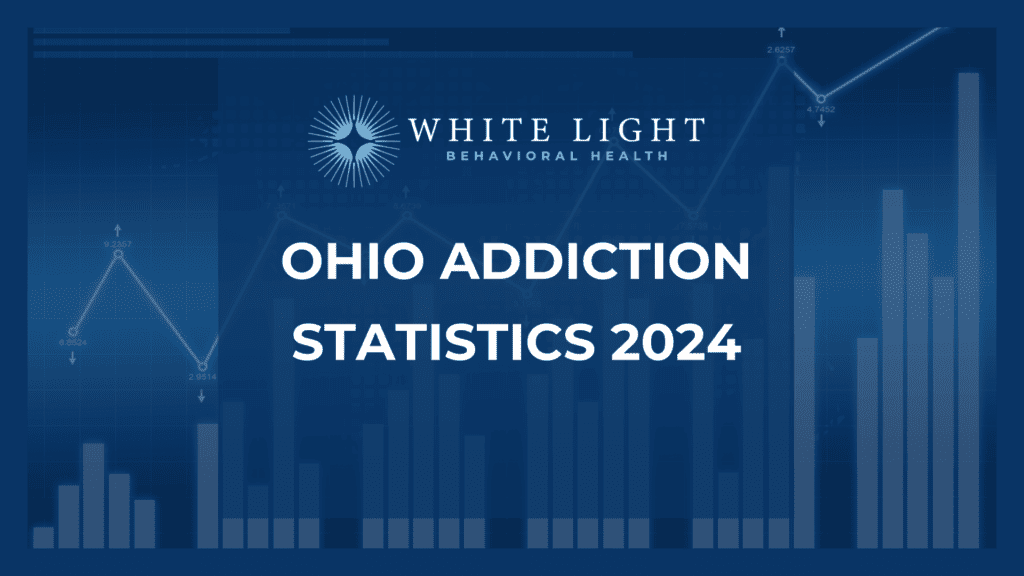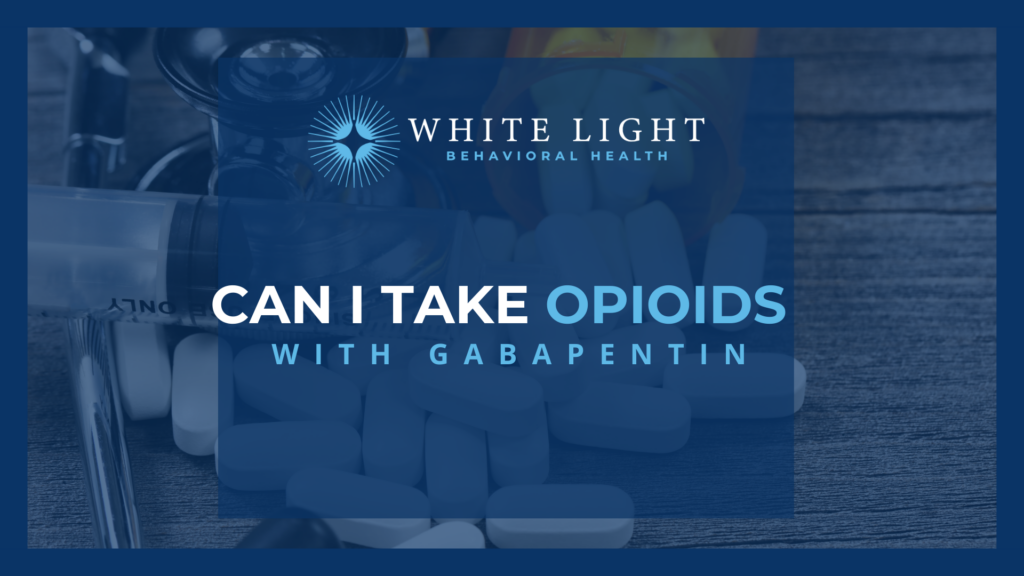The Link Between Methamphetamine Use and Stroke
Methamphetamine (meth), a widely abused illicit drug, poses a serious risk of causing strokes in individuals, regardless of their age or level of usage. The use of this substance saw a significant surge across the United States between 2015 and 2019. To shed light on this issue, we’ll explore the intricate relationship between meth and strokes.
What Is Methamphetamine?
The illegal drug methamphetamine is a chemical compound often produced in hidden laboratories in Mexico that are controlled by transnational criminal organizations. Interestingly, its composition is quite similar to that of pharmaceutical methamphetamine prescribed to treat conditions like ADHD and narcolepsy. It acts as a stimulant, inducing a powerful and exhilarating sensation by triggering a surge of dopamine in the brain.
This surge can have unpleasant effects on the body, such as:
- Dry mouth
- Dizziness
- Rise in blood pressure
- Unexpected weight loss
- Insomnia
- Headache
Additionally, methamphetamine addiction can disrupt the digestive system, causing symptoms like stomach discomfort, nausea, diarrhea, or constipation.
Methamphetamine goes by various street names, including ice, crank, chalk, crystal, and speed. It is commonly consumed as powder or pills, but it can also be used as crystal meth, translucent shards that resemble glass. Users can inhale or smoke the powdered form, snort it or inject it after dissolving it, or swallow a tablet instead.
Extensive data reported in 2021 revealed a disconcerting surge in fatal meth overdoses in Ohio, which increased more than 11 times — from 96 to over 1,060 — from 2015 to 2020.
Strokes
A stroke is an unexpected injury in the brain that can cause devastating effects such as long-term disability or even death. There are three main types of strokes: transient ischemic attack, ischemic stroke, and hemorrhagic stroke. Here is a deeper look into each of them.
Transient Ischemic Attack (TIA)
Doctors often refer to this attack as a warning stroke or mini-stroke. This condition occurs when blood flow to the brain is temporarily restricted. The symptoms associated with a TIA, such as blood clotting, are relatively brief and transient, but emergency care is still needed.
Hemorrhagic Stroke
This stroke occurs when a blood vessel in the brain bursts or ruptures, causing blood to flow into neighboring tissues. There are three main forms of hemorrhagic strokes. The first is an aneurysm, which occurs when a weakened blood vessel bulges and can burst. Another form is arteriovenous malformation, which refers to abnormally formed blood vessels. If one of these blood vessels ruptures, it can lead to a hemorrhagic stroke. Lastly, elevated blood pressure can weaken the small blood vessels in the brain, resulting in internal bleeding.
Ischemic Stroke
When a clot blocks blood flow to your brain, it results in an ischemic stroke. This clot usually forms due to atherosclerosis, where fatty deposits accumulate on the inner walls of your blood vessels. Sometimes, these fatty deposits can break loose and block the blood flow in your brain.
Meth and Strokes
Methamphetamine profoundly impacts blood flow, heart rhythm, and blood pressure, which can affect the delivery of blood to the brain and potentially trigger a stroke. Meth can cause a sudden rise in blood pressure, inflammation of blood vessels, and direct damage to the blood vessels. These effects may lead to fatal hemorrhagic strokes.
Scientific studies have shown that regular use of methamphetamine increases the likelihood of experiencing hemorrhagic strokes. These life-threatening strokes can occur in first-time users as well as habitual ones. In addition to the immediate danger of stroke, prolonged methamphetamine use can speed up and intensify the development of atherosclerosis, a condition characterized by the hardening of arteries.
Other Common Causes of Strokes
Here are a few other common factors that, especially when combined with methamphetamine use, can increase your chances of experiencing a stroke:
- Smoking
- Obesity
- Aging
- Family history
- Heavy alcohol consumption, which can raise blood pressure and triglyceride levels
- Gender: Strokes are more prevalent among women, who have a 1 in 4 lifetime risk of stroke after the age of 25
Additional Risks of Meth Use
In addition to the alarming risk of strokes, methamphetamine wreaks havoc on various aspects of your physical well-being, leading to many fatal consequences. These distressing effects may include:
- Rise in body temperature, can lead to loss of consciousness and sometimes results in death.
- Dramatic changes in appearance including accelerated aging, prominent skin lesions, and tooth loss
- Increased risk of contracting and transmitting HIV and hepatitis B and C
Recognizing Methamphetamine Addiction Indicators
The use of methamphetamine carries the potential for dire consequences. However, as an individual engaging in such behavior, it is crucial to realize that it is never too late to start on the path to recovery. To achieve this, you must acknowledge that you have fallen into the grips of addiction and then seek the necessary assistance. Here are several indicators that can aid in determining whether you or a loved one is dealing with a methamphetamine addiction.
Physical Manifestations
Physical changes may become apparent, such as red eyes, weight loss or gain, or inadequate personal hygiene.
Emotional Fluctuations
There may be significant shifts in mood, ranging from extreme highs to periods of depression.
Health-Related Concerns
There may be signs of excessive or insufficient sleep, lack of energy, and the emergence of chronic illnesses associated with substance abuse.
Declining Academic or Professional Performance
Someone dependent on meth may lack enthusiasm or interest in their educational or occupational pursuits. This may result in job termination, unfavorable performance evaluations, or subpar academic reports.
Social Seclusion
Individuals may isolate themselves, encounter difficulties in their relationships, or establish new connections with other illegal drug users.
Financial or Legal Troubles
Individuals may seek money from others without providing a logical explanation. They may also resort to stealing from friends or family members and get in trouble with the police.
Meth Addiction Treatment
Many evidence-based treatments exist for methamphetamine use disorder, each promising in its effectiveness. However, what proves beneficial for others may not necessarily be your ideal solution. The journey to recovery and managing withdrawal is often a meandering path, underscoring the importance of exploring different treatment approaches until you discover the one that resonates with your unique circumstances. These are some of the most commonly used treatments here at White Light Behavioral Health.
Inpatient Meth Rehabilitation
A residential rehab program is ideal for anyone battling long-term meth use disorder. Within the realm of inpatient treatment centers, clients are required to reside at the rehab facility for the program’s duration. By fostering a stable environment, these centers effectively prevent clients from relapsing into methamphetamine use. They also offer a safe environment free of temptations and triggers, enabling clients to regain control over their lives. The duration of inpatient rehabilitation varies according to each client’s unique needs; it typically ranges from 30 to 90 days. Empirical evidence has consistently emphasized that inpatient drug addiction treatment programs extending beyond the 90-day mark often yield better outcomes.
Outpatient Meth Rehabilitation
In circumstances where the severity of meth addiction is less severe or individuals have work, school, or family responsibilities, outpatient rehabilitation is a viable alternative. This type of program allows clients to participate part-time while fulfilling their daily obligations. The flexibility in this program is advantageous when clients have a strong support system of friends and family, motivating them to attain sobriety.
Detoxification
Detoxification serves as a pivotal phase in addiction treatment, meticulously designed to eliminate methamphetamine from the body safely. The initial 48 hours of methamphetamine detox can be a profoundly demanding phase, leaving a client with a profound lack of energy. As the detoxification progresses for a week, it reaches its peak intensity, pushing individuals to their limits. Complete detoxification from meth can take up to a month.
During detoxification, it’s crucial to have a skilled healthcare professional present to monitor your progress. This makes treatment more secure and successful. The professionals diligently monitor vital signs and prescribe appropriate medications to keep clients comfortable and stable throughout withdrawal.
What to Expect in Meth Addiction Rehabilitation Programs
White Light Behavioral Health offers several solutions to facilitate complete recovery for clients. Since each client is unique, therapy programs vary to meet their needs. These programs include the following.
Family Therapy
Recognizing the family’s integral role in the recovery journey, family therapy sessions here at White Light Behavioral Health provide clients and their loved ones a platform to restructure their relationships. Led by compassionate and skilled counselors, these sessions offer a safe environment where family members can openly express their struggles and learn effective ways to support their loved ones during this challenging period.
Aftercare
Since maintaining sobriety is a lifelong commitment, our aftercare program here at White Light Behavioral Health is crucial in providing support. This program caters to clients’ evolving needs, particularly during their initial months of post-rehabilitation. This program also helps clients develop personalized relapse prevention plans. They feature measures and techniques to navigate the potential challenges and avoid relapse effectively.
Individual Therapy
Clients undergoing treatment at our rehab center benefit from the dedicated support of a therapist through individual therapy sessions. These scheduled meetings allow for in-depth discussions about the impact that meth has had on their lives and the underlying factors contributing to their addiction.
Conclusion
Compelling evidence indicates that methamphetamine use can undoubtedly lead to strokes. By fostering awareness, promoting treatment accessibility, and supporting clients struggling with addiction, we can strive to minimize the catastrophic consequences of methamphetamine-induced strokes and enhance the overall well-being of the general populace. Reach out to us at White Light Behavioral Health anytime for more information.

Share This Post



